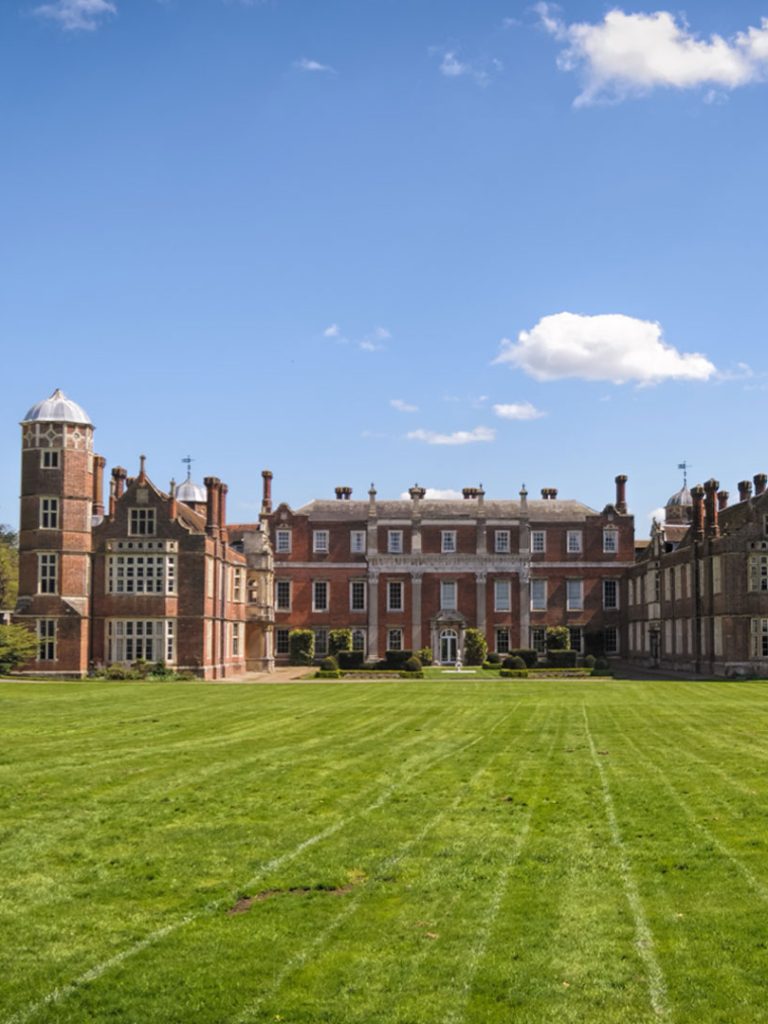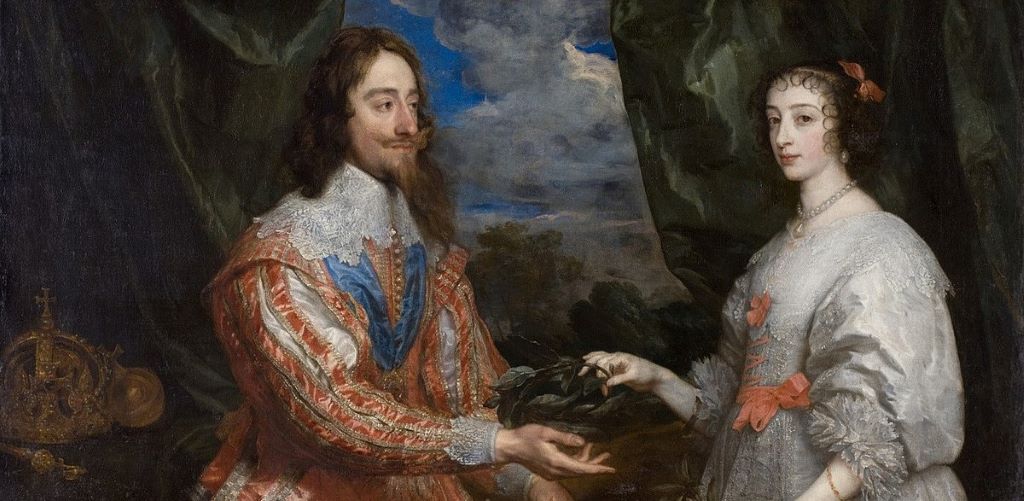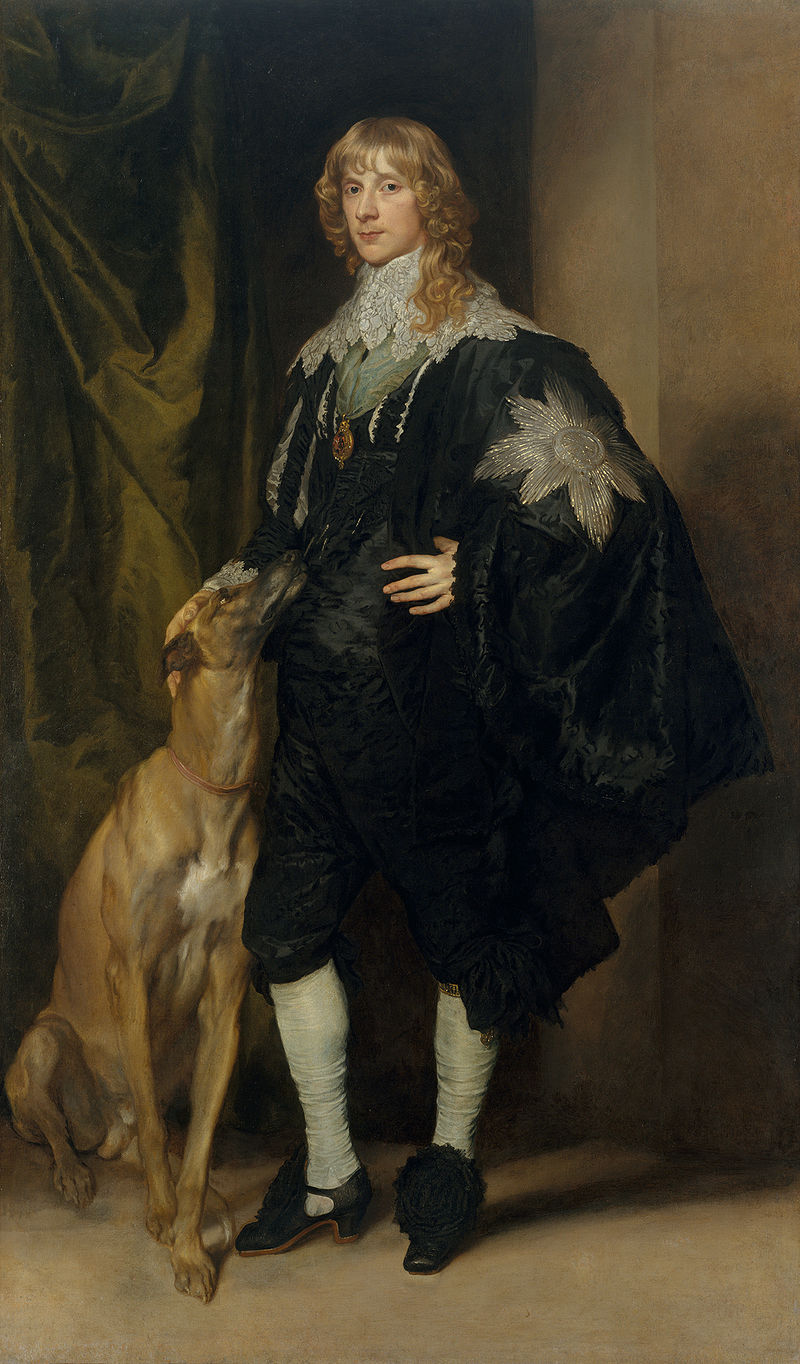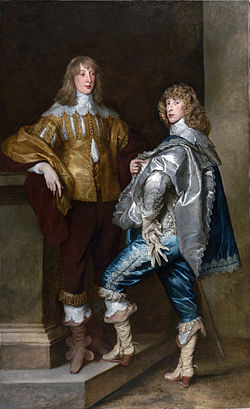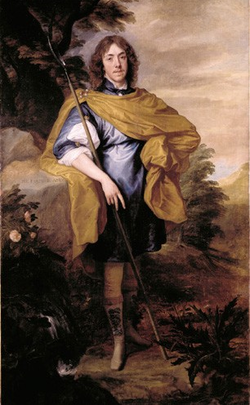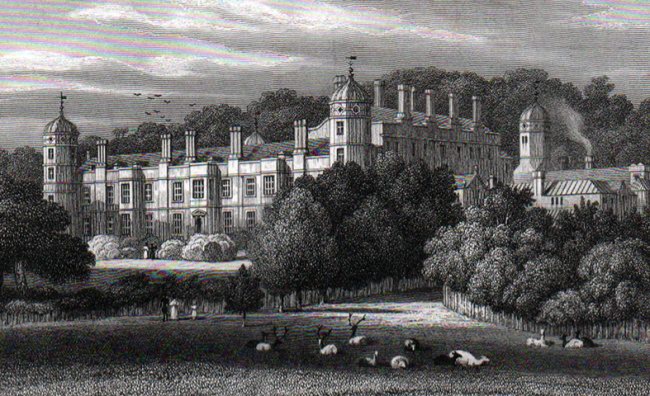This week in 1649 was not a good one for Charles I who found himself on trial for treason, the king having rather unwisely picked a fight with Parliament.
It was just one of the causes which had led to the outbreak of English Civil War in 1642. His marriage to Henrietta Maria of France, a Catholic, hadn’t helped his cause either, for it was viewed in England with some alarm, the country being staunchly Protestant at the time.
But aside from the causes which led to the conflict, did you know that Charles and his Queen spent part of their honeymoon at our own Cobham Hall? It’s true.
Charles I was the third cousin of the then owner, James Stewart (pictured above), 1st Duke of Richmond and 4th Duke of Lennox. In fact, James Stewart was one of a small retinue that Charles was allowed to have following his arrest by Parliamentary forces in January 1647.
Stewart was also one of those responsible for the burial of King Charles following his execution on 30th January 1649. It was an unfortunate time generally for the Stewart family as three of James’s younger brothers were killed fighting for the Royalist forces.
You will all have seen the painting of the two young men which hangs in the Gilt Hall (pictured above). Well, the chap on the right, Lord Bernard Stewart (right), was killed, age 22, at the Battle of Rowton Heath in 1645, and the one on the left, Lord John Stewart (left), was killed, age 22, at the Battle of Cheriton in 1644.
A third brother, George, was killed, age 24, at the Battle of Edgehill in 1642. (Pictured above)
This same year Cobham Hall was plundered by Parliamentary troops under Colonel Edwin Sandys and about five wagonloads of loot were taken away.
As one of the great houses in Kent, Cobham Hall would have also been visited by Parliamentary forces under Sir Thomas Fairfax at the time of the Battle of Maidstone in June 1648.
Thus, Cobham Hall has a significant connection with Charles I and the English Civil War. But which side would you have fought for; the King or Parliament…?


